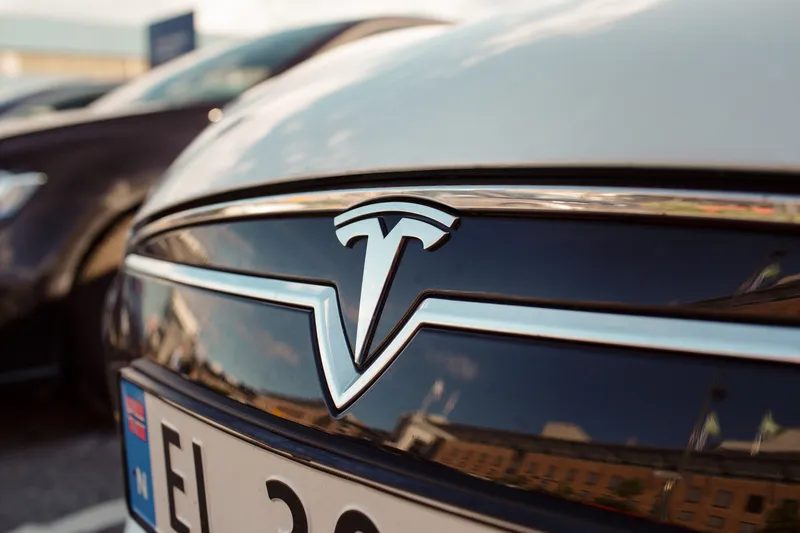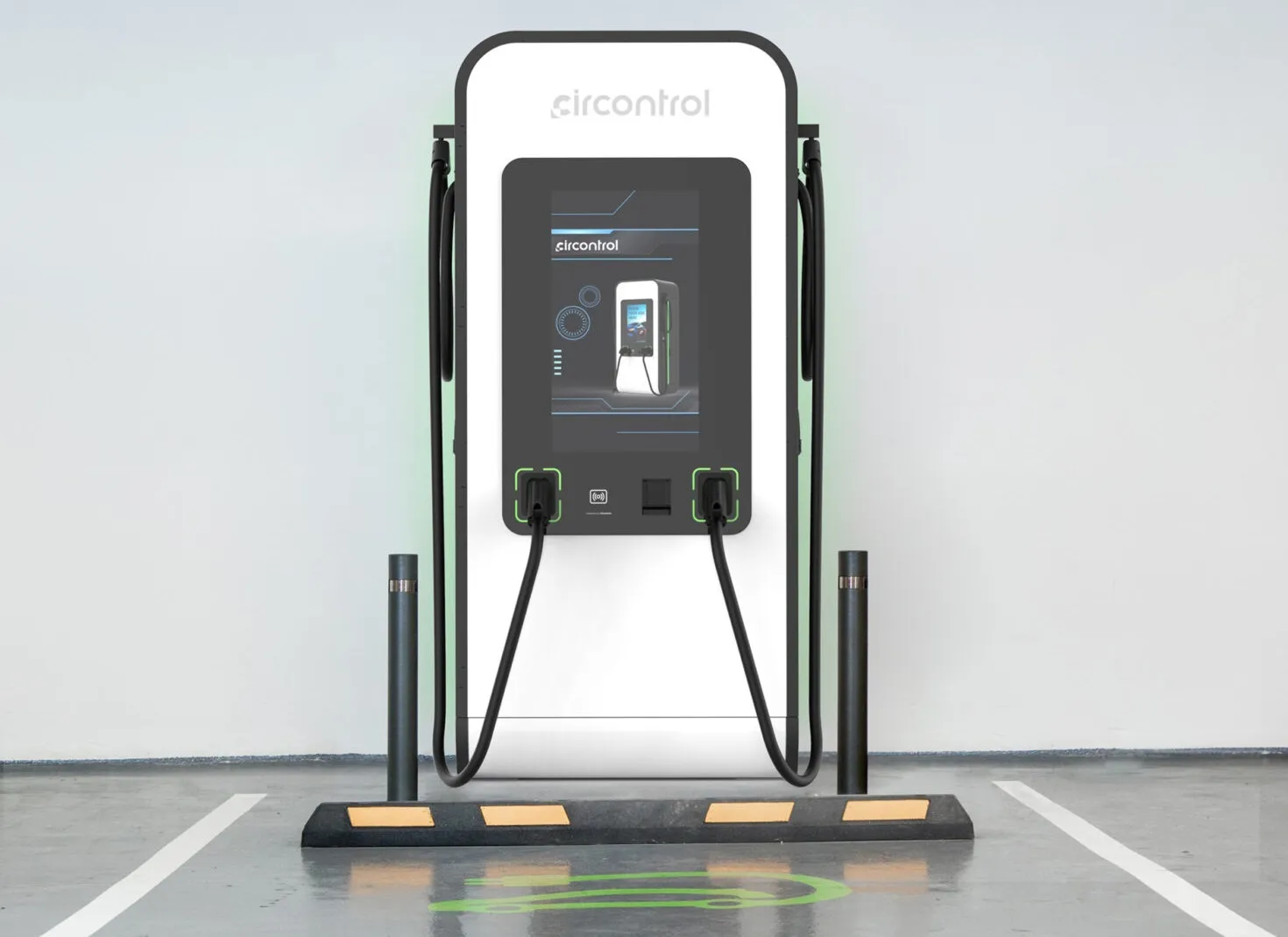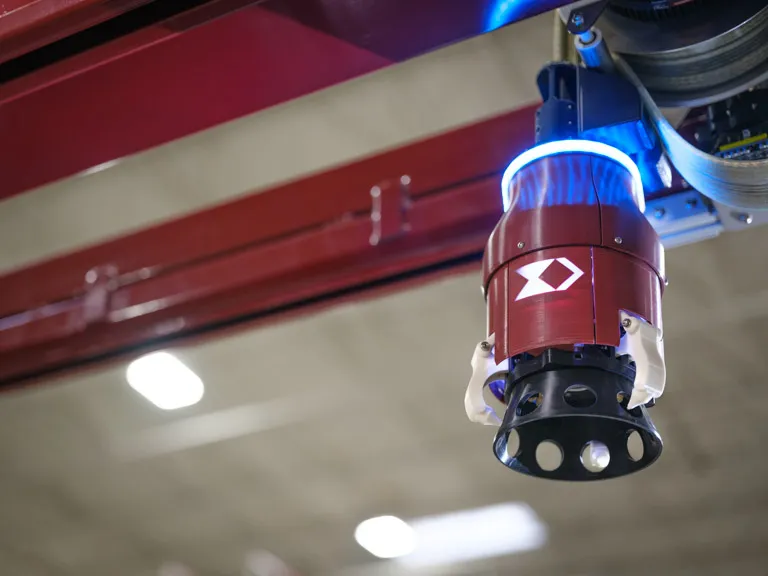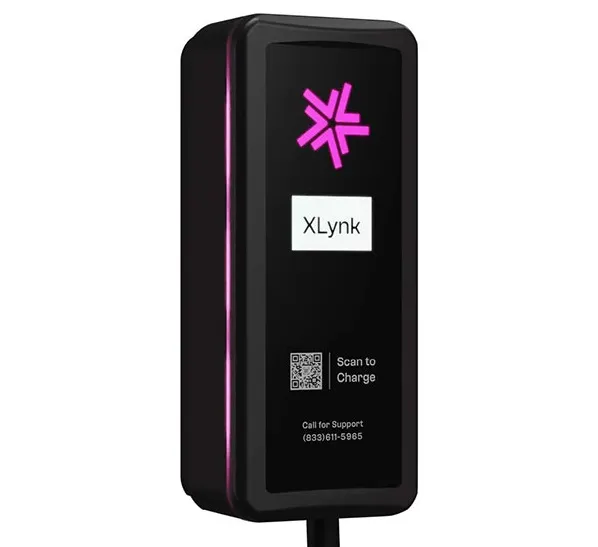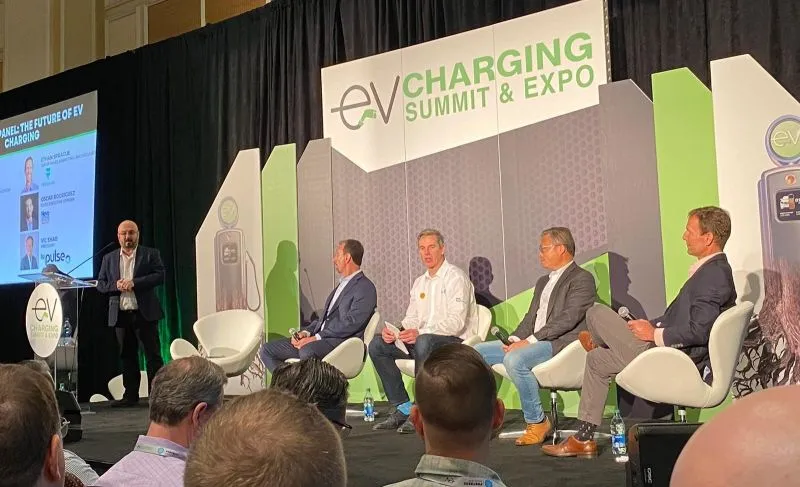
Gil Tal, director of the Electric Vehicle Research Center at UC Davis, defined three categories of EV users.
There are the Tesla drivers, who are pleased with their charging options. “They’re happy,” he said. Then there are the EV consumers who want green solutions and are seemingly willing to endure whatever is necessary.
Last, but certainly not least, are those who see EVs as a mostly desirable option – but are struggling with the problems of the infrastructure. “I don’t think they are very happy,” Tal said.
Some governmental regulation is required, he said. For example, standards and regulations are what makes cell phones compatible. “Proper competition with proper regulation works well,” he said.
Tal, who moderated the discussion, offered a concise look at the future. “The market is growing fast, but it doesn’t always change the ways expect,” he said.
Oscar Rodriguez, CEO of NovaCHARGE, said that those who own the stations will need to find alternative revenue streams, such as advertising at the charging locations. Growth cannot occur without that revenue, he said.
The lack of reliability is “a consequence of an early market,” Rodriguez said. In addition, “Open charge points are really important.”
So, too, is a consistent user experience. “People don’t want 50 apps,” he added.
They also want to be sure they arrive at their destination. “Range anxiety is one of the biggest problems we have” with attracting new drivers.
He described the future as one of Darwinism. “The strong will survive,” he said.
Andreas Lips, president and CEO of Shell Recharge Solutions, said that affordable EV purchase prices are essential to adoption. He also believes adoption would be expedited if stations were more visible.
The stations “are small, they’re in the back corner.” More visibility would help the rest of the world see that the changes are occurring – and make them more comfortable converting to EVs. “There are actually quite a few EV charging stations out there,” he said.
Consistency and ease of use are essential. “The interface is always different,” Lips said. That means the user must often learn a new process.
In addition, data relayed to drivers needs to be more accurate. They must know about non-working chargers in advance. Conversely, sometimes chargers are erroneously reported to be offline, he said.
Vic Shao, president of BP Pulse, believes those in the industry “need to keep their eyes on the prize.”
“People drive EVs because it’s a better experience,” he said. "Yes, there are barriers, but don’t lose sight of that experience."
Shao doesn’t see the barriers, particularly buildout of charging locations, as something that can’t be overcome.
In the early 1900s, there were no gas stations. By 1920, there were tens of thousands. “That was in the middle of fighting a world war, so it’s doable,” he said.
Permitting is a barrier Shao finds frustrating. BP Pulse recently received a permit from the Charlotte airport in a matter of minutes. Other requests – “I’m not naming names” ¬– have taken two years, he said.
Ethan Sprague, SVP of sales marketing, public policy at FreeWire Technologies, also sees the need for alternative revenue sources. He referenced the early internet cafes. They didn’t make their money off the internet, but from the coffee. “If you’re just looking at charging, you’re not seeing the larger picture,” he said.
Sprague agreed that Tesla users are mostly happy. “Tesla is vertically integrated,” he said. That enables everything to work well together.
Ultimately, Tesla provides a consistent user experience. Non-Tesla users need to see that consistency, too.
Sprague is optimistic about the future but does see a few pitfalls. “The strong will survive. It will be challenging, but eventually we’ll get there.”

